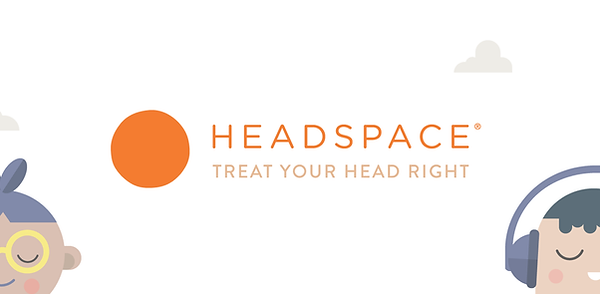
2019 CMEA Presentation
This page offers brief information, links, and bonus tips on the presentation
"Work Life Balance: Helping Your Students by Helping Yourself"
from the 2019 Colorado Music Educator Association Conference
Missed the session or looking for more information?
Enter your email below to be updated when new material is added to the website, including when this session becomes a blog post.
You will never receive more than one email a month (because we all get enough e-mail as is.)
Your email will stay private and will never be sold or distributed.
Prioritizing your time for...
Your profession/career
Your physical well-being
What you love outside of work
Setting Up Your Three Tabs

I use Google Chrome for my system, you can download it here.
To use Google Keep, Calendar, and Docs, you will need a Google Account, which you can get here.
Open all three tabs, and set them as your homepage.
Instructions here from Google. (You want "Open a specific set of pages")
Creating Your Schedule
-
Input your red times: Permanently scheduled events like meetings, class/ rehearsal times, etc.
-
Input your orange times: Set-up times for the red times like moving chairs, information on the board, etc.
-
Input your yellow times: Lunch and gym/exercise time
-
What can you do consistently?
-
What will you enjoy/ will feel like the best use of your time?
-
Leave emergency gym time
-
-
Input your blue times: Administrative tasks-Next Actions, Email, Planning, Study, Projects
-
Input your green times: Time for you, family etc. that need to be in your weekly schedule
Do this in your Google Doc, which can also be accessed on your phone with the app.
Click "Insert" at the top of the page and scroll to "Table" to pick your dimensions. (Additional columns and rows can be added to this table by right clicking.)
You may want the document set out to landscape.
The easiest way to do this is to click "Help" and type in "page setup".
Recommended Reading from the Presentation
Next Actions Lists, Waiting For Lists, and a number of other life-changing organization techniques. Click here or on the picture for the Amazon link.
Creative views on what our time should mean to us.
Click here or on the picture for the Amazon link.
Prioritize what's important in your career and life.
Click here or on the picture for the Amazon link.
Additional Relevant Reading
Understanding our perceptions and misconceptions of what really makes us happy.
Click here or on the picture for the Amazon link.
Time management, life mantras, and habits from high achievers.
Click here or on the picture for the Amazon link.
Additional Relevant Resources and Information
Manage stress with mindfulness

It’s hard to think of managing our mental state like a skill. But it is possible. Our flute player can’t get better at the Bb Scale just by saying: “I need to get better at the Bb scale.”
Just like we can’t say “I need to not let thing stress me out so much and enjoy being in the moment” and expect it to happen.
This app (just search "Headspace") is a pay by month subscription, and it teaches you exactly how to meditate. There is a one month introduction that costs about $5 last I checked, and it just requires that you do the activity for 10 minutes a day for 30 days which you can easily put into your schedule.
(I canceled my subscription after 30 days, but continued meditating consistently for another 2 years)
So what is this hippy crap?
Well according to Dr. Emeran Mayer:
“Mindfulness meditation is… ‘nonjudgmental attention to experiences in the present moment.’”
-Emeran Mayer, MD
Executive Director Oppenheimer Center for Stress and Resilience,
Co-Director of Digestive Disease Research, UCLA
Dr. Mayer cites 3 interrelated skills in order to become more mindful and I want to show you how they all relate to our lives as teachers:
-
Learn to focus and sustain your attention in the present moment
-
Improve your ability to regulate your emotions
-
Develop a greater self-awareness
What does this look like for teachers?
The first skill allows you to focus on being with your students at school and be present with your family or yourself at home, without worrying about what is going on in the place you are not.
This second skill allows you to catch yourself from getting too emotionally invested in any situation. In your meditation practice, as things pop into your mind while you focus on your breath, you label your thoughts as negative, positive, or neutral. It sounds crazy if you have never done it, but you now see these thoughts as separate from you, almost like the observer of a conversation, instead of identifying with the feeling itself.
The third skill will relate a lot to what we discussed during the presentation.
Headspace is the best resource I have found for learning this skill of mindful meditation and it changed the way I approached stress and enjoyment in my life. Plus, the little animation videos are quite adorbs.
Further information...
Interested in more tips and more detailed information?
Enter your email below to be updated when new material is added to the website, including when this session becomes a blog post.
You will never receive more than one email a month (because we all get enough e-mail as is.)
Your email will stay private and will never be sold or distributed.




